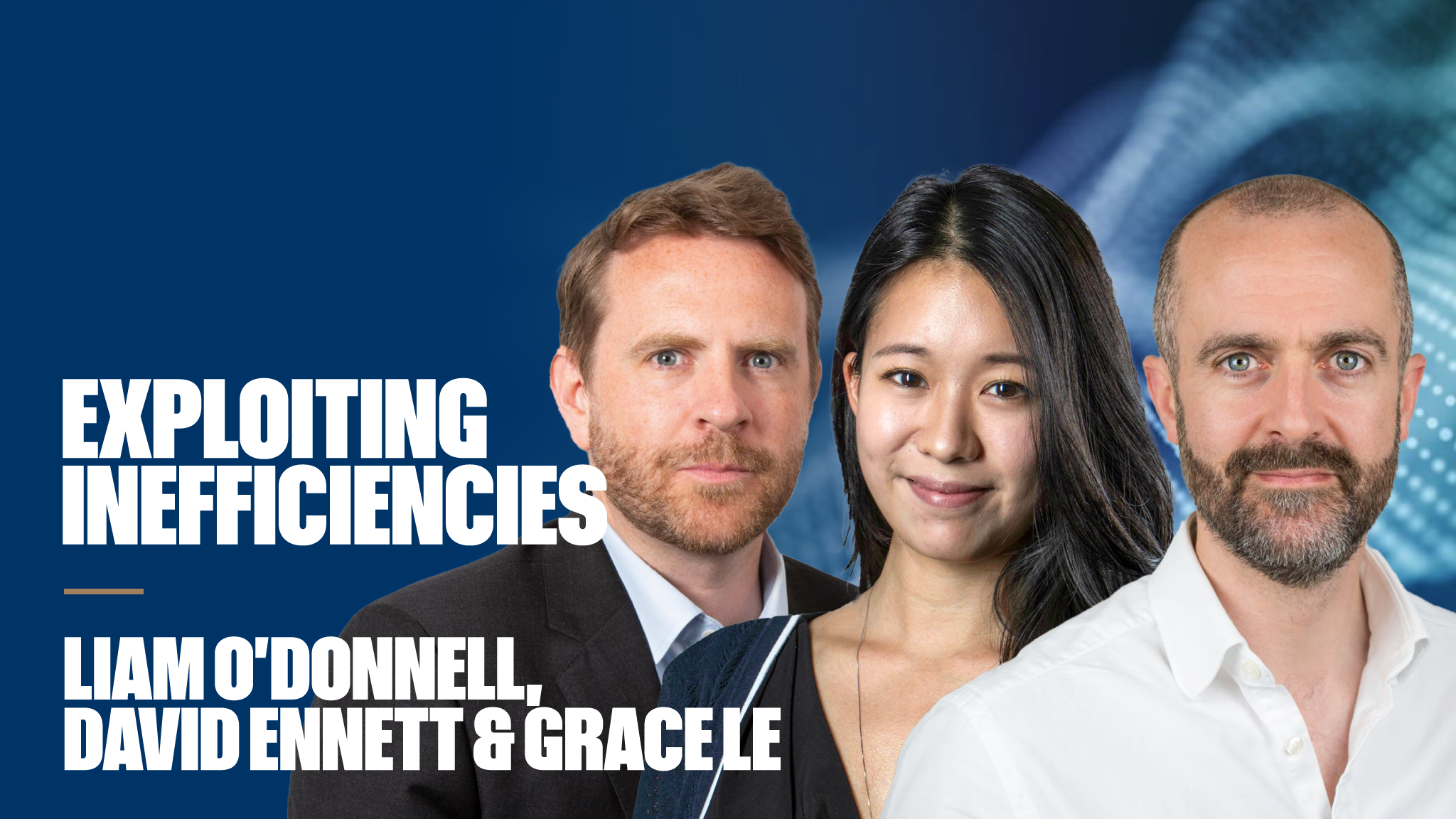The wealth manager’s view
Ben Kumar, head of equity strategy, 7IM
It’s hard not to think of the Grand Old Duke of York when considering monetary policy. The rhyme was meant to express the repeated futility of military action. And as we embark on a new cutting cycle, there are similar questions about monetary policy.
The US Federal Reserve, Bank of England and European Central Bank spent almost two years climbing the interest rate hill, remained a year a top, only to march back down again.
And for what? By the end of next year interest rates will be back to where they were in December 2022. Were the hikes of up to 5.25% necessary? Did holding interest rates at 5.25% for almost a year make any difference? And what are investors to do about it in the bond portion of their portfolios?
Well, we’d suggest that when rates are marching downhill, cash is unlikely to deliver compared with other asset classes. The short-duration investments that protected bond portfolios well in the rate run-up will struggle, especially as the other areas of the bond market move before cash rates do.
We like certainty when it’s available for a reasonable real yield. So locking in 10-year UK gilts or 10-year US treasuries at around 4%, which will benefit in capital terms if rates fall, seems far more preferable than waiting around in three-month cash deposits for whatever the central bankers do next.
Add in a healthy dose of geopolitical uncertainty, and those longer-duration assets really do start to look tempting. At the start of 2024, we began moving our fixed-income allocation from underweight to a small overweight. That’s somewhere we’re very happy staying.
The strategist’s view
Gurpreet Garewal, macro strategist, global fixed income, Goldman Sachs Asset Management
In recent weeks, major central banks have shifted from emergency inflation control to conventional business-cycle management. With downside growth risks now outweighing upside inflation risks, we believe the bond-equity correlation has returned to negative territory, making bonds more valuable in portfolios for diversification and protection.
The prospect of accelerated easing actions, driven by signs of loosening in labour markets, adds value to positioning for steepening yield curves in the US and Europe, in our view.
Experience from smaller developed market economies, like the Bank of Canada, shows that central banks may start slow and sound cautious but are ready to accelerate rate cuts once they gain confidence in disinflation and see signs of growth slowing.
We think this may be the playbook for the UK and euro area in the coming months.
The Bank of Japan is a notable outlier to the easing trend, remaining on a steady normalisation path, supporting underweight exposure to Japanese rates.
Even among central banks easing, there is no ‘one-size-fits-all’ approach. Unlike the synchronised response to the pandemic and inflation shock, current easing actions vary in pace and likely outcomes, creating relative value
interest rate opportunities.
Key factors to monitor for potential changes in the investment backdrop for rate markets include the health of the labour market, consumer spending and possible shifts in fiscal policies.
For active investors, it’s also back to business as usual, with quantitative easing no longer distorting valuations. We believe applying key investment principles like active fundamental research, diversified and dynamic exposures, and robust risk management is essential for uncovering attractive income and return potential in a higher-yield world – one shaped by structural shifts such as supply chain reorientations and geopolitical instability.
The fund manager’s view
Nachu Chockalingam, senior portfolio manager for fixed income, Federated Hermes
In September, we saw the Federal Reserve start its current rate cycle with a 50 basis point cut. It is interesting to observe that credit spreads today are tighter than in almost all previous Fed cutting cycles, largely due to a stronger economic footing and decent corporate credit fundamentals.
Where credit spreads go from here remains uncertain. On the one hand, future interest rate cuts could be negative for credit spreads if they spur significantly more declines in yields. On the other hand, if they spur further strength in risk assets then this could be a tailwind for spreads.
In terms of curves, we expect the current steepening bias to continue in both sovereign and corporate credit.
While exact timing of further cuts is uncertain, we know the trajectory is lower and we are increasingly comfortable with a soft-landing narrative in the US.
In most of our strategies we are now running neutral to very modestly long duration, but have a curve-steeping bias. Duration, on the long side, is also slightly more compelling to own outside of the US, given the moves we have seen there in recent weeks.
In terms of credit curves, our bias is also for continued steepening with a preference for medium-term maturities at this point in time.
The fund selector’s view
Mark Northway, investment director, Sparrows Capital
Duration, along with credit risk, is a recognised Fama-French factor, so investors looking to optimise long-term fixed income returns should generally aim to include both in their portfolios.
Current central bank dovishness follows a clear peak in core inflation numbers around the world in 2024, offering an unusual opportunity for fund selectors to extend duration at the early stages of a period of stable-to-falling interest rates.
It is rare for markets to offer such clear repositioning signals, and of course they have been partially obscured by yield-curve inversion in the aftermath of Covid government liquidity provision, by supply chain disruption and geopolitical tension. Opportunity is always clearer with the benefit of hindsight.
In the case of multi-asset portfolios, the fund selector needs to consider the role of fixed income. It is traditionally viewed as a diversifier against the risker asset classes, and seeking higher income can reduce that diversification.
Duration risk is at times negatively correlated with equity risk, but at other times we see positive correlation.
For Sparrows Capital, the primary purpose of fixed income in multi-asset portfolios is a low-risk, income-producing store of value. We use the asset class to balance risk and calibrate a portfolio to the client’s risk tolerance. This leads us to hold duration at four to five years in most cases, always hedged to sterling. This ensures we avoid unexpected shocks from a defensive asset class.
So, reaction to falling inflation and lower interest rates is very dependent on portfolio strategy. In the index space, choice is also limited by product availability, and when trying to manage duration in sterling-hedged, indexed fixed income, we see far broader product choice in ETFs than in the funds universe.
The good news for fund selectors seeking to maximise fixed-income returns is that bond markets are responding slowly and cautiously, the two to 10-year spread (in the US and in the UK) is positive, and long-dated gilts are yielding close to their peak – over 4x what they offered in January 2022. The window for extending duration seems to be still open for now.
This article originally appeared in the October issue of Portfolio Adviser magazine











